21+ Sample Lease Proposals
-

Sample Lease Proposal
download now -
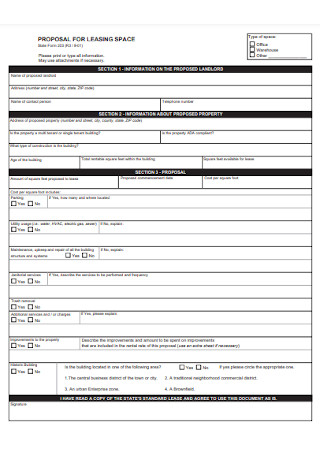
Proposal for Leasing Space
download now -
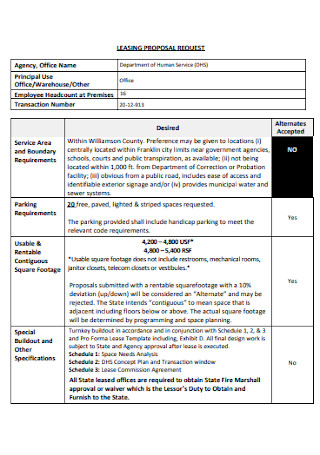
Real Estate Leasing Proposal
download now -
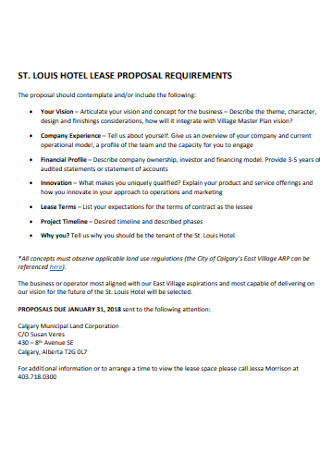
Hotel Lease Proposal
download now -
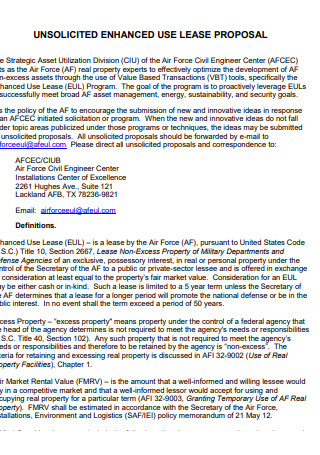
Unsolicited Enhanced Use Lease Proposal
download now -
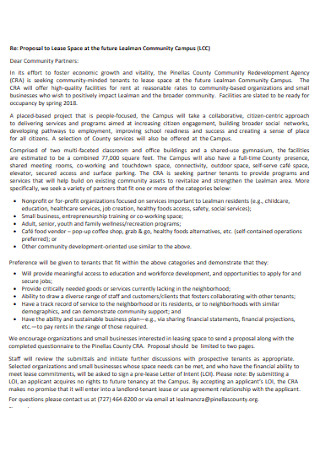
Campus Lease Proposal
download now -
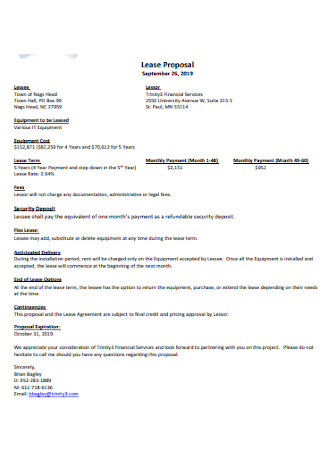
Lease Proposal Format
download now -
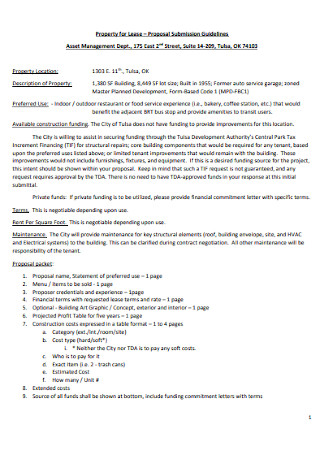
Property Lease Proposal
download now -
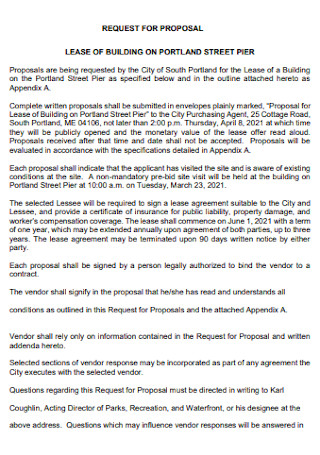
Building Lease Proposal
download now -
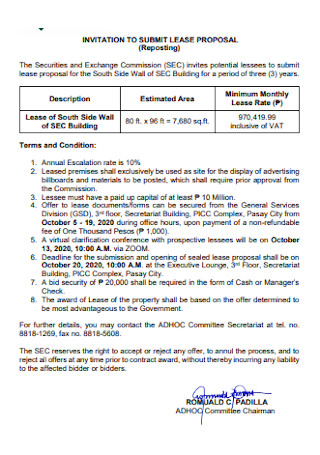
Invitation to Submit Lease Proposal
download now -
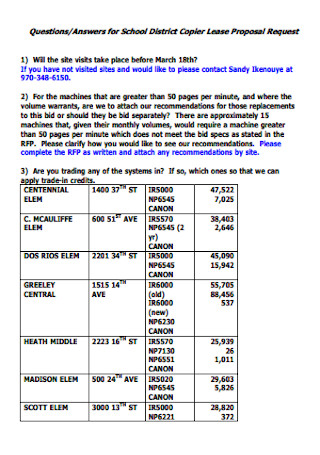
School Lease Proposal
download now -
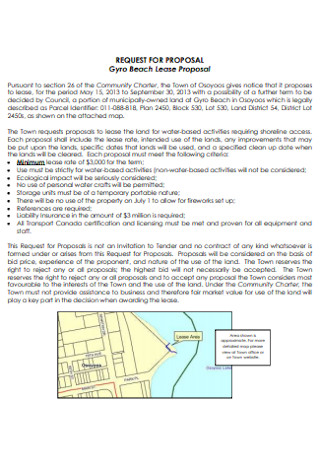
Beach Lease Proposal
download now -
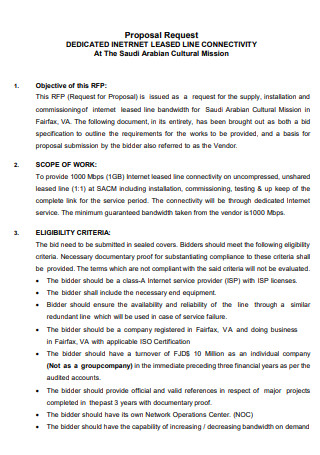
Internet Lease Proposal
download now -
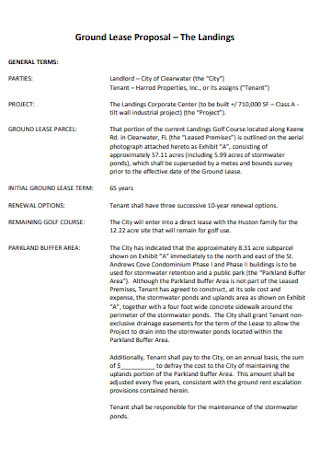
Ground Lease Proposal
download now -
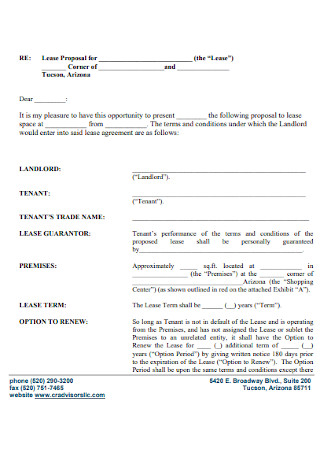
Commercial Lease Proposal
download now -
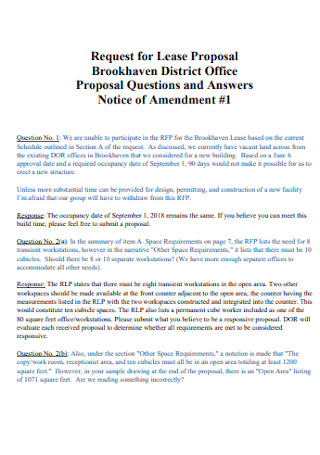
Office Lease Proposal
download now -
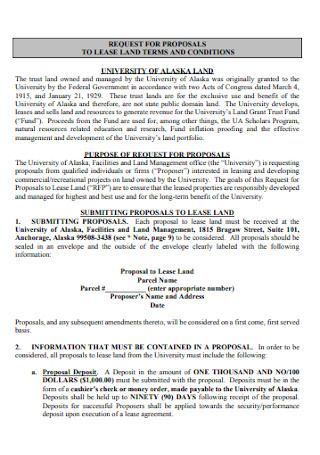
Land Lease Proposal
download now -
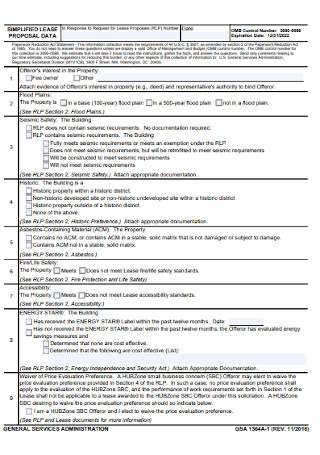
Lease Data Proposal
download now -
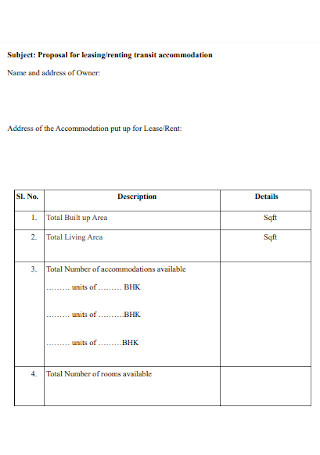
Lease and Rental Proposal
download now -
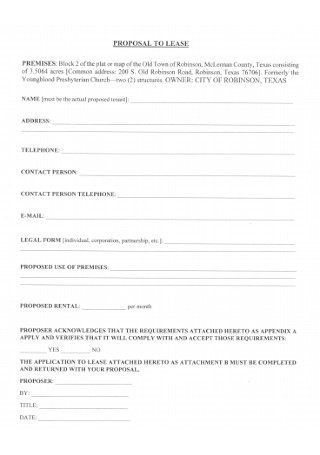
Basic Lease Proposal
download now -
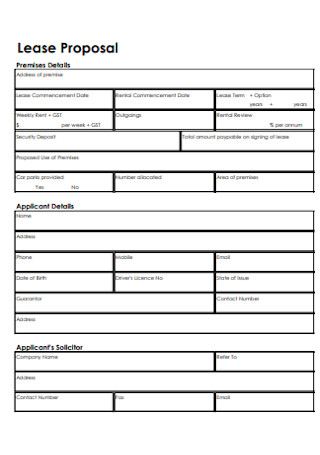
Formal Lease Proposal
download now -
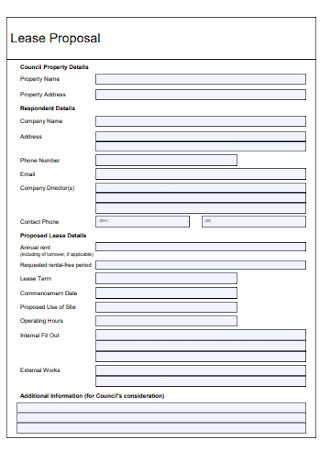
Standard Lease Proposal
download now
What Is a Lease Proposal?
A lease proposal is a business offer that is usually given to a prospective tenant or client in order to rent a space. Landlords or real estate development companies usually draft lease proposals.
According to an article by Forbes, the COVID-19 pandemic has certainly changed the landscape of business, particularly in the business of commercial and office space. The figures suggest the challenge of companies and business owners to stay afloat amid the global health crisis. As of January 2021, 33% of small to medium businesses reported they could not afford to pay the rent for that month. Another survey concerning commercial landlords reported 54% of them experienced a rise in either missed or late payments for commercial space. Lastly, research also showed that vacancy rates have shot up with office spaces reaching 90% vacancy while retail space increased by 50%.
What Spaces Can You Lease?
What are the Processes in Offering a Lease Proposal?
A lease proposal, like any proposal, is essentially a sales pitch. The intent is to persuade the recipient of the proposal to consider your offer. There are multiple factors to take into account for a lease proposal to turn out successful. The processes may be more complex than most people think. Unfortunately, it is not as simple as merely drafting a proposal. So what can you expect when you offer someone a lease proposal? The processes below explains this in detail.
How to Create a Lease Proposal
Before drafting your lease proposal, make sure you have gathered all the key information. Your goal is to convince the prospect why your space is worth investing in. You have the option to create your own lease proposal or use an existing template. Follow the step-by-step guide below to get started!
Step 1: Have a Uniformed Format
Especially if you are a company or developer, it is best to keep to a uniformed format when sending out any official documents, including lease proposals. Do not forget to place a company logo and relevant information such as the business address, contact number, email address, website, etc. Start with a brief introduction. You should address the recipient professionally and as much as possible, you want to avoid using ‘to whom it may concern’ as an opening. Addressing the recipient using their real names suggests more intention and sincerity.
Step 2: Information is Key
Next, provide as many details as possible. You want to be able to strike a balance between being thorough and concise. A lease proposal is a sales pitch and potential tenants are on the lookout for the best possible deal. Include the actual measurements of the proposed space, what is inclusive of monthly dues, and a clear breakdown of the amount and fees. You can organize all the information and figures in a single table so it looks less daunting.
Step 3: Outline the Terms and Conditions
Similar to a contract, terms and conditions must be set to establish clarity and prevent unnecessary conflict. After providing the essential information about the space, lay down the stipulations. These may cover the tenure or duration of lease, payment guidelines, timetables, and other arrangements. To make it more organized, itemize each item or number them accordingly. Emphasize the important details by either underlining, highlighting, or using bold text.
Step 4: Leave Contact Details
It is important to provide accurate contact information at the end of your proposal. Make sure to affix your name and signature at the bottom too. Your channel must be open to clarifications and further queries. Indicate your name, designation, contact number and email address. The only way to move forward with negotiations is by actively engaging with the client and listening intently to their needs.
FAQs
How do you write a lease proposal?
To write a lease proposal, you need to have a good grasp on what it is you are leasing. Like a sales pitch, you need to consider both the strengths and weaknesses of your product; in this case, it is the leasable space. The easiest way to get started is by making use of an existing template. You can use it as a guide or blueprint to customize your own lease proposal.
What is a rental proposal?
A rental proposal is a written document that is handed to a lessee by a lessor. It contains rental information along with terms and conditions that is subject to agreement between the parties.
Is a lease proposal binding?
A lease proposal is not necessarily binding, but it can be. Often, a proposal is not yet a guarantee of a successful business transaction. There are a lot of steps or processes involved before a lease proposal can turn into a business deal. Once a contract is agreed upon and signed by both parties, then it may be considered binding.
Lease proposals can be described as getting your foot in the door. It takes determination, perseverance and negotiation skills to truly win a client over. Make sure your lease proposal is informative, persuasive, and effective. Browse through the sample templates above to get started on your own lease proposal!
